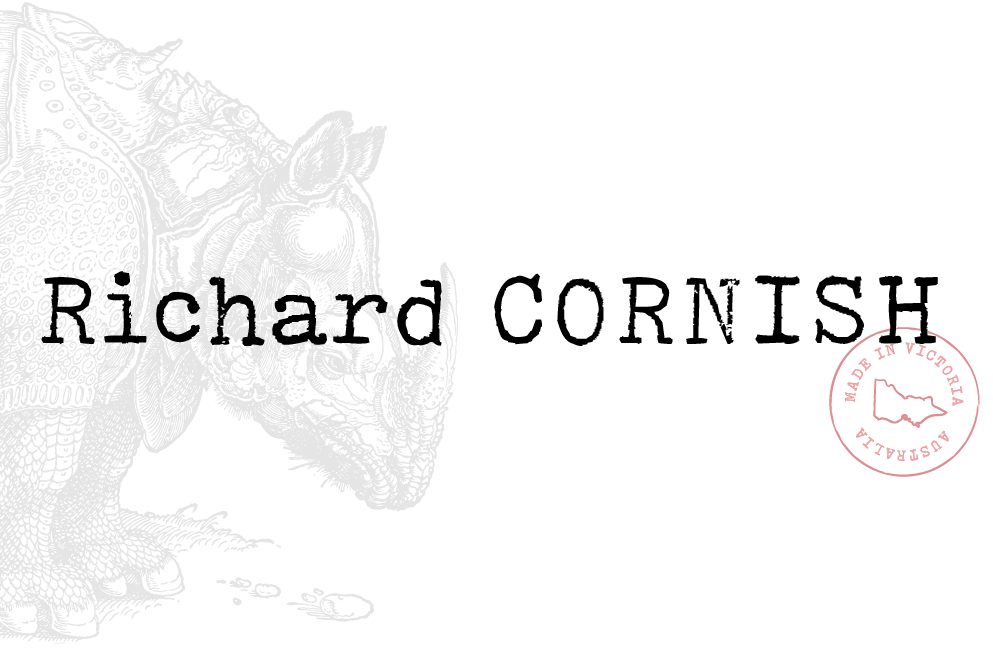The Sad But True History of Native Oysters.
In the seaside town Flinders on the Mornington Peninsula, fisher Steve Cooper holds an oyster bigger than the palm of his hand.
Flat and the colour of wet sandstone, the oyster is native to nearby waters. With it, Cooper hopes to create a local oyster industry to rival the Belon bivalves of France.
The founder of Flinders Oyster Company, Cooper is striving to develop an aquaculture business growing 20 million native angasi oysters a year and employing more than 100 people at the southern end of Western Port Bay.
Flinders Oyster Company founder Steven Cooper, who is putting Western Port Bay angasi oysters back on Victorian menus. He also wants the oysters to help return the waters to their original crystal-clear state that existed when George Bass first navigated Western Port in 1798. "There used to be massive reefs around Western Port and Port Phillip," says Cooper, noting the underwater walls of oysters could be taller than a bus and longer than a train.
After becoming immensely popular with Melbourne's saloon set in the 1840s, Western Port angasi haven't been commercially harvested in almost 150 years. But Cooper has bred millions of angasi oysters from a remnant population clinging to existence in a secret location off Phillip Island. "The rest of the bottom of the bay looks like an oyster graveyard," he says sadly.
Cooper's first commercial angasi harvest is a month away and local restaurants are already lining up to put the oysters on their menus. Matt Wilkinson, formerly of Pope Joan and now head chef at Montalto in Red Hill South, is impressed. "They are big, beautiful, briny mouthfuls of minerals and seaweed flavour," he says.
Angasi oysters, sometimes called flats or muddies, also keep waterways clear, says Cooper. “Angasis filter 200 litres of water a day, consuming huge amounts of plankton. This clears the water allowing light to penetrate to the bottom of the bay which means seagrass can thrive. Healthy seagrass means healthy fish stocks."
The native oyster's demise started with colonisation in the 1840s. Angasis in Port Phillip Bay were dredged and sent to bars in Melbourne where they became popular fare in the brothels of Little Lonsdale Street.
By 1841 the oysters were in such demand that a law was passed banning the Boon Wurrung women from harvesting the same oysters that had fed their families for thousands of years.
The gold rush saw Victoria's appetite for oysters swell. Dredges worked the waters around Corio Bay, Western Port, Gippsland Lakes and the Tasmanian east coast to meet demand. By the 1860s, the bivalves were supplying 90 Melbourne oyster bars, but their numbers were dwindling.
A last-ditch attempt was made to save Western Port angasi beds with official fishing bans around 1880, but the oysters were no longer found in commercial quantities by the 1900s.
Cooper breeds his oysters in a facility on Phillip Island. In the wild, angasi oyster larvae would settle on other oysters and help build reefs. Instead, Cooper places oyster larvae in round plastic mesh cages which are taken to an offshore site near Flinders and tied to long lines suspended in the bay.
Here, the oysters filter feed on plankton for 12 to 18 months until they are large enough for the table and taste salty, meaty and of the environment in which they're grown. "They're a bit like wine in that way," says Cooper.
Matt Wilkinson is planning to crumb and fry portions of the angasi and serve them with a free-range pork dish. Because of their size and the cost of farming, Flinders Oyster Company angasis will land at retail for $50 a dozen or $5 each. “Oysters & Champagne - The true story of oysters in Victoria” is an upcoming event celebrating the oysters of Westernport that will be held at Montalto Winery on July 30 with Matt Wilkinson cooking and Max Allen and Richard Cornish telling the oyster story.



